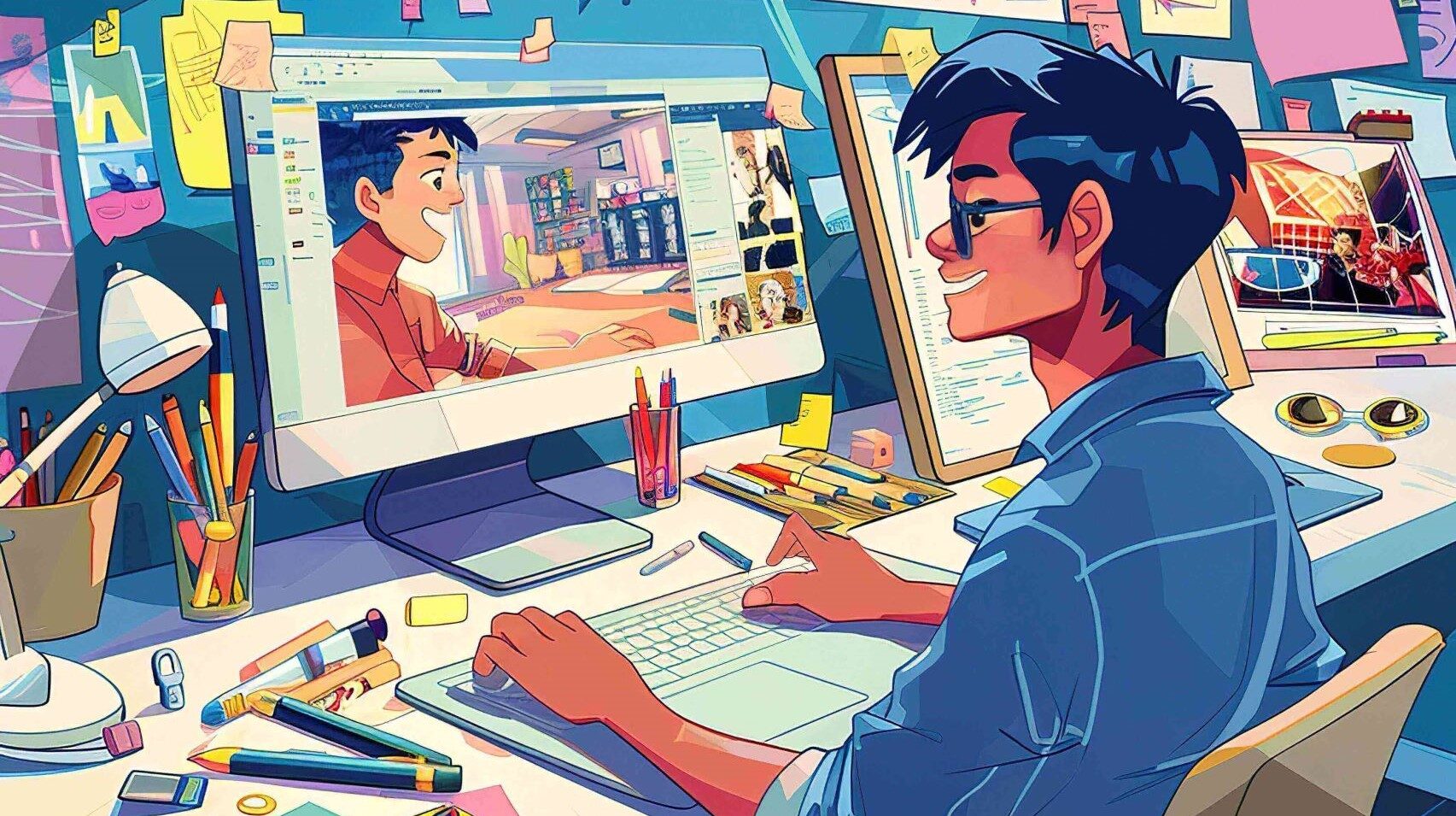Breaking the Rules: When to Defy Design Principles
By Trupti on 24 Feb 2025
Design principles provide structure, clarity, and functionality to creative works. Whether in graphic design, architecture, UI/UX, or product design, these guidelines ensure that designs are effective, aesthetically pleasing, and user-friendly. However, some of the most iconic and innovative designs have emerged by breaking traditional rules. This article explores when and why defying design principles can lead to creative breakthroughs and memorable experiences. By understanding the fine line between innovation and chaos, designers can push the boundaries while maintaining usability and engagement.
Understanding Design Principles
1. The Purpose of Design Principles
Design principles act as foundational guidelines that help designers create functional and visually appealing compositions. These rules have been established through years of research, usability studies, and psychological analysis of human perception. Common principles include:
- Balance: Ensuring elements are distributed harmoniously to prevent visual tension.
- Contrast: Using opposing elements (light vs. dark, bold vs. thin) to create emphasis.
- Alignment: Arranging elements logically to improve readability and coherence.
- Hierarchy: Directing viewers’ attention to important aspects through size, weight, and placement.
- Consistency: Maintaining uniformity across a design to enhance user experience and brand identity.
While these rules offer structure, they are not absolute. Breaking them intentionally can result in designs that stand out, provoke thought, or redefine norms. Some of the most successful modern brands and artistic movements have thrived on challenging traditional design standards.
When to Defy Design Principles
1. Challenging Aesthetic Norms
Traditional aesthetics emphasize harmony, but breaking aesthetic norms can create bold and striking visuals. For example:
- Asymmetry in Layouts: Designers often strive for balance, but asymmetric compositions can introduce dynamism and movement, making layouts feel more organic.
- Clashing Colors: While color theory promotes harmony, using unexpected color combinations can evoke strong emotional responses and increase memorability.
- Deliberate Imperfection: Raw, unpolished aesthetics can add authenticity and human touch to a design, resonating with audiences on a deeper level.
2. Prioritizing Emotional Impact Over Usability
Standard usability principles prioritize clarity and simplicity. However, there are times when deliberate friction can enhance the user experience. Consider:
- Brutalist Web Design: Often seen in portfolios and avant-garde websites, intentionally raw and chaotic aesthetics grab attention by breaking traditional web design norms.
- Disruptive Typography: Large, overlapped, or deconstructed typography can challenge readability but create powerful branding and artistic statements.
- Non-Linear Storytelling: Websites and apps that use unconventional navigation or scrolling patterns force users to engage more actively with content.
3. Emphasizing Art Over Function
Design is often seen as a problem-solving tool, but artistic expression sometimes overrides functionality. Examples include:
- Experimental Architecture: Buildings like the Guggenheim Museum in Bilbao defy traditional structures for artistic impact.
- Abstract Logos: Brands like Nike and Apple use minimal or abstract visuals instead of literal representations, making their identities more iconic and versatile.
- Unconventional Packaging: Unique product packaging that defies standard shapes and materials often attracts consumers through innovation and exclusivity.
4. Engaging Users Through Unexpected Interactions
Interactivity and engagement often follow intuitive paths, but breaking these expectations can delight users and make experiences memorable.
- Unconventional Navigation: Websites with hidden or playful navigation elements create a sense of discovery, making exploration more engaging.
- Deliberate Redundancy: Some apps and games introduce unnecessary steps for humor, entertainment, or increased engagement.
- Surprise Animations: Unexpected animations or transitions can add a layer of delight, keeping users entertained while maintaining usability.
Risks of Breaking Design Principles
- Compromising Usability: Breaking rules without purpose can make designs confusing or frustrating for users.
- Alienating Users: While unconventional design can attract attention, it might also push away users who prefer familiarity and efficiency.
- Failing to Communicate Effectively: Design is a language, and if the message is lost, the design has failed.
Finding the Balance
- Know the Rules Before Breaking Them: Understanding design principles deeply allows for intentional rule-breaking that enhances creativity rather than creating chaos.
- Experiment with Purpose: Before discarding a principle, designers should define their goal—whether it’s to stand out, challenge norms, or invoke emotions.
- Test and Iterate: Unconventional design choices should be tested with real users to gauge their effectiveness before implementation.
- Consider Context: Breaking design rules may work in creative industries but could backfire in fields where clarity and efficiency are paramount, such as healthcare and finance.
Conclusion
Breaking design principles can lead to revolutionary ideas, unforgettable experiences, and innovative aesthetics. However, successful defiance requires intentionality, purpose, and a deep understanding of the rules being challenged. When done right, bending or breaking design norms can result in groundbreaking creativity that shapes the future of design. Whether through visual disruption, emotional impact, or interactive surprises, the art of breaking the rules lies in knowing which ones to break—and why.
Join Our Mail List
To get latest updates on courses and news regarding education.